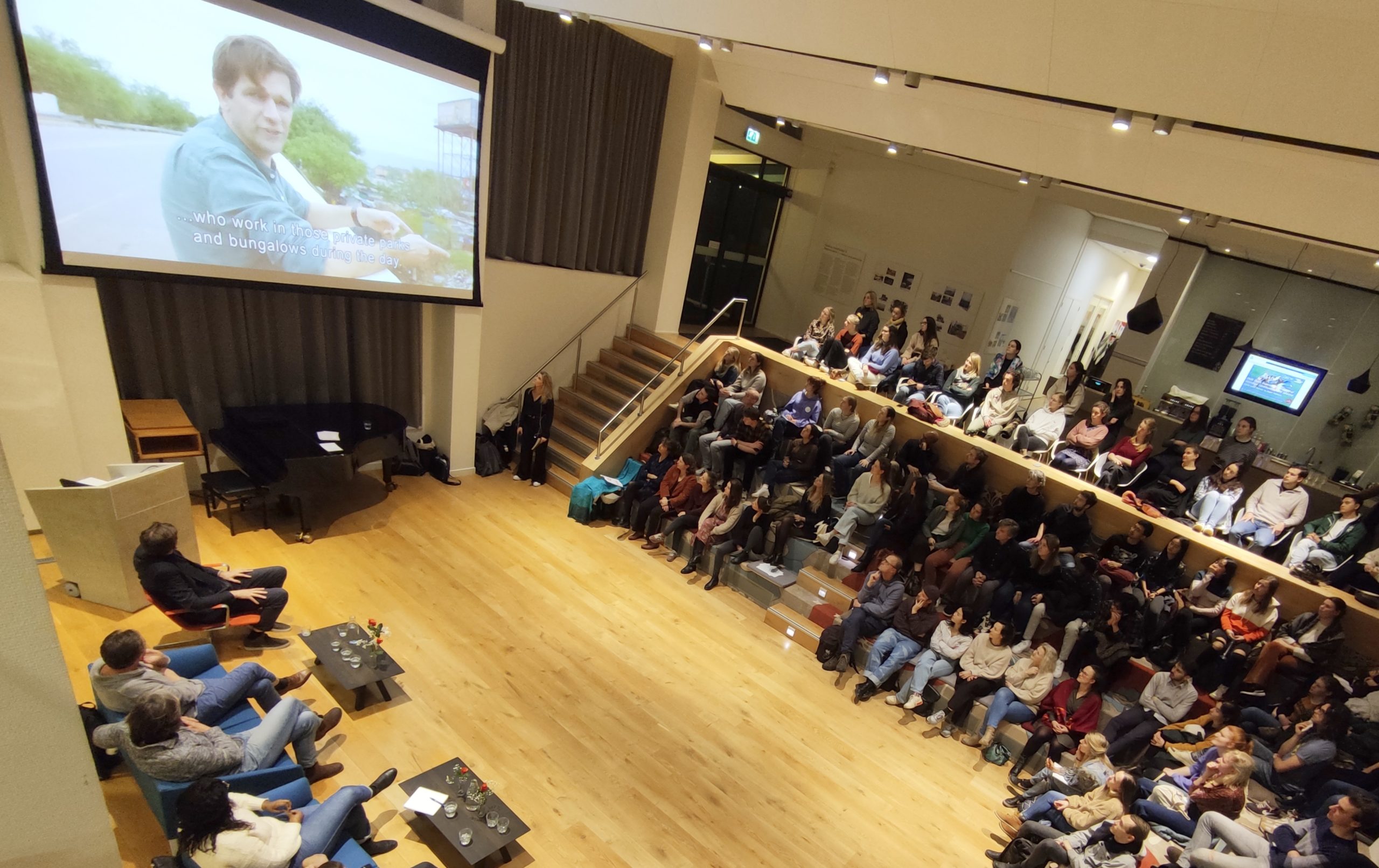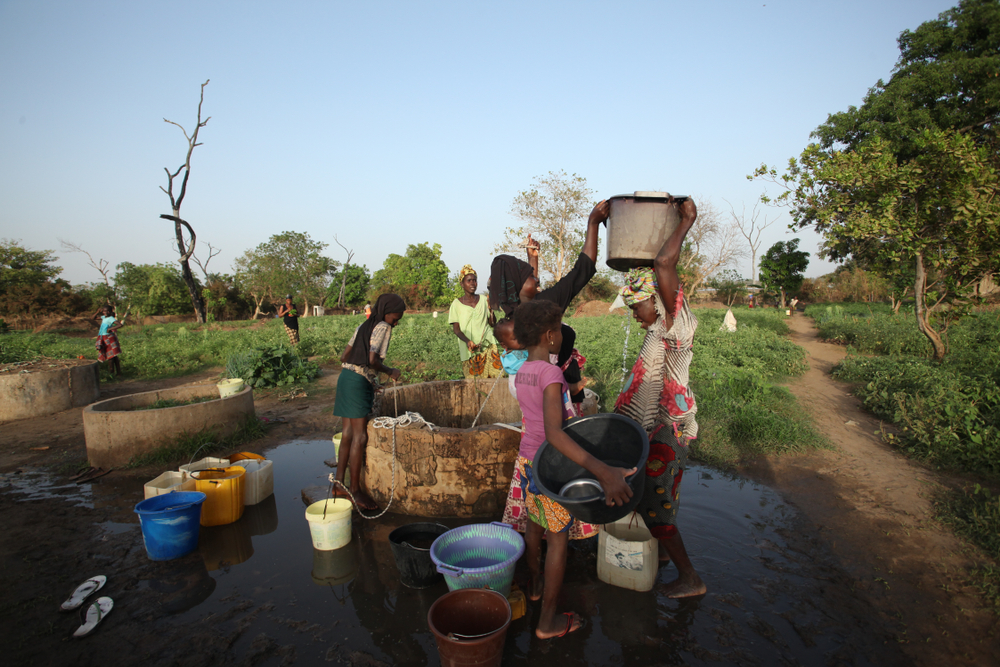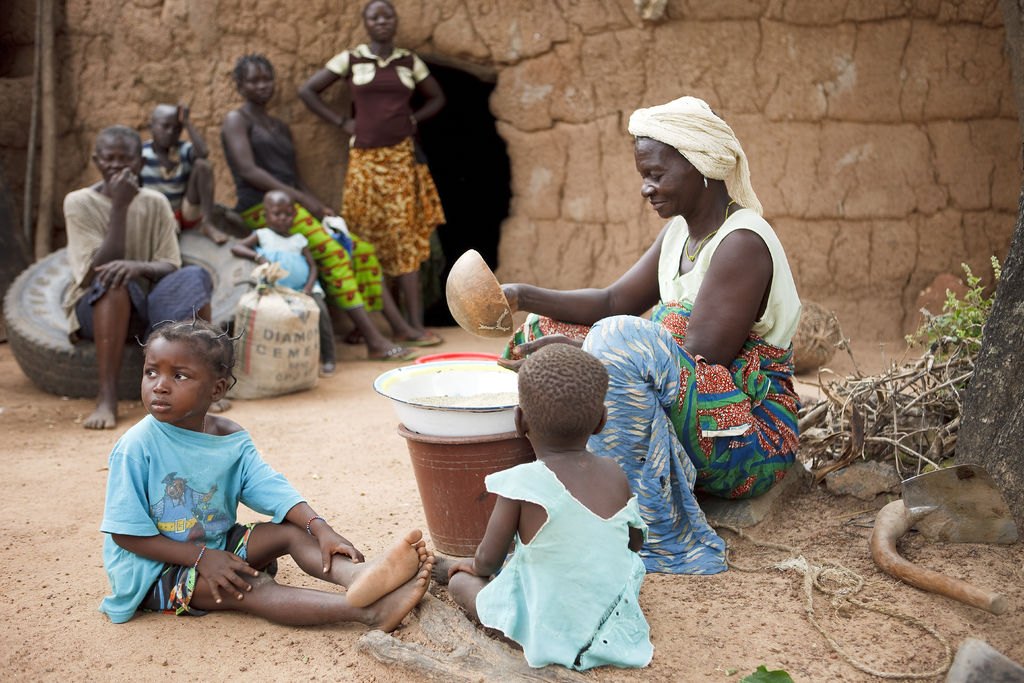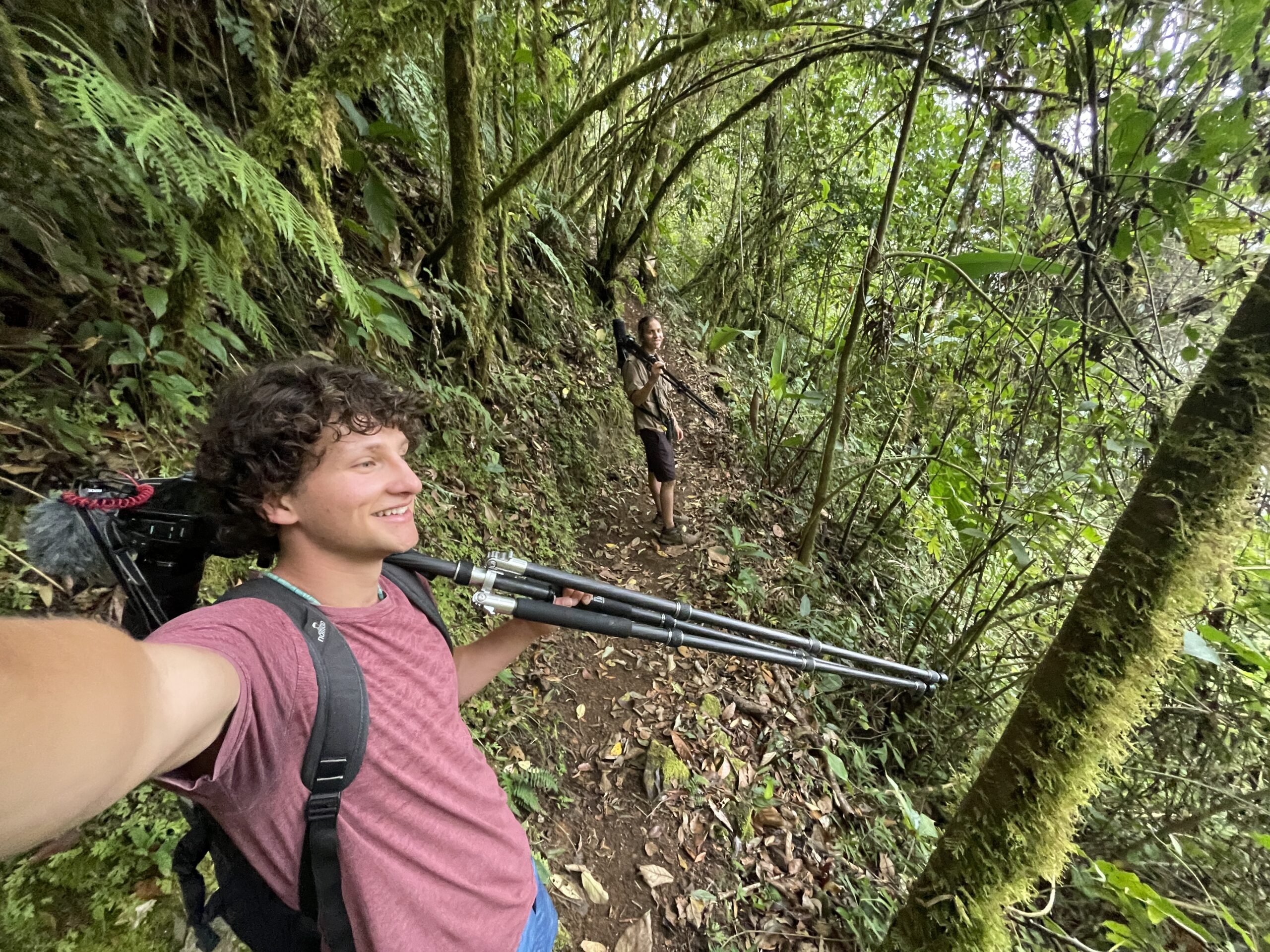The documentary series Frontlinie brings topics from the Sociology of Development and Change (SDC) group to the national network. Producer, journalist and Africa reporter Bram Vermeulen visited Impulse on Thursday to discuss the link between social sciences and journalism.
The meeting, which bore the poetic title Protecting Paradise, fragments of the documentary series were screened. A panel of four social scientists from SDC discussed the screened images with Bram Vermeulen. The scientists, Stasja Koot, Bram Buscher, Bram Jansen and Lerato Thakholi, all study topics that are addressed in the series. A collaboration between two worlds that rarely mingle. ‘Why don’t we do this more often?’ Bram Vermeulen wondered.
The researchers inspired Vermeulen to make a documentary series exposing the link between our western lifestyles and conflicts elsewhere. Our policies and behaviour have an influence on vulnerable groups that is visible across the globe, including deep within the African continent, according to the filmmaker.
Shot
A scene about a nature conservation project in Kenya shows how a local community, the Pokot, are driven off their land. The situation escalates. The Pokot’s cattle are killed, and the new landowner is shot. ‘But they try to downplay the violence, make it as insignificant as possible. And, above all, they try to keep all this from the tourists that visit the park’, Vermeulen clarifies.
Panel member Bram Buscher, a researcher of Nature Conservation, responds: ‘Such conflicts occur in many regions, but certainly in Africa. Nature conservationists consider Africa particularly special and are willing to go to great lengths to protect it. At the same time, the local population also has a lot to lose. For example, they can no longer visit their ancestral graves.’
Green apartheid
Another scene shows segregation between white owners and tourists and black workers in a South African park. Panel member Stasja Koot collaborated with Buscher and Lerato Thakholi to study the dynamics between nature conservation projects and the local population. They saw a new, green version of apartheid. ‘The parks contain gated communities, places of exclusion. And there is no room there for people of colour, except to provide low-wage services.’ Vermeulen: ‘I read in your paper that white people even voted on whether they should make room for people of colour in the park. They voted against.’
Lerato Thakholi, a person of colour herself, personally experienced the dynamics of exclusion during her fieldwork in South Africa: ‘When I arrived, the white man next to me was invited to take place in the front of the truck, while I sat in the open back. This is something that frequently occurs in South Africa.’
More often
Despite the harrowing examples, the room burst with positive energy. ‘I don’t want to read academic papers,’ said one of the students, ‘but I certainly want to watch documentaries such as this.’ The panel also expressed its appreciation for the documentaries. Vermeulen was unable to answer the question of why such collaborations between journalism and science don’t happen more often. ‘Perhaps scientists have an unfavourable view of journalism’, he suggested.
Panel member Bram Jansen, who contacts journalists regularly, added a critical side-note: ‘Reporters frequently fail to respond. The desire to ‘score’ may be difficult in combination with science.’ Vermeulen is given a stack of books to take home. All of them written by SDC scientists. Hopefully, the researchers will continue to inspire journalists in the future. The audience was eager for more.

 Guests at the Protecting Paradise event with Bram Vermeulen (seen here on the screen) watch a cut from the documentary Frontline in Impulse. Foto Steven Snijders
Guests at the Protecting Paradise event with Bram Vermeulen (seen here on the screen) watch a cut from the documentary Frontline in Impulse. Foto Steven Snijders 

